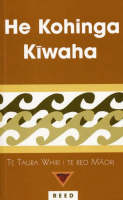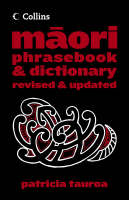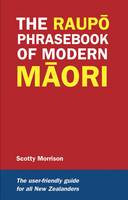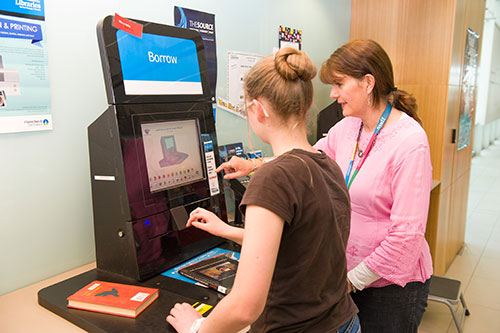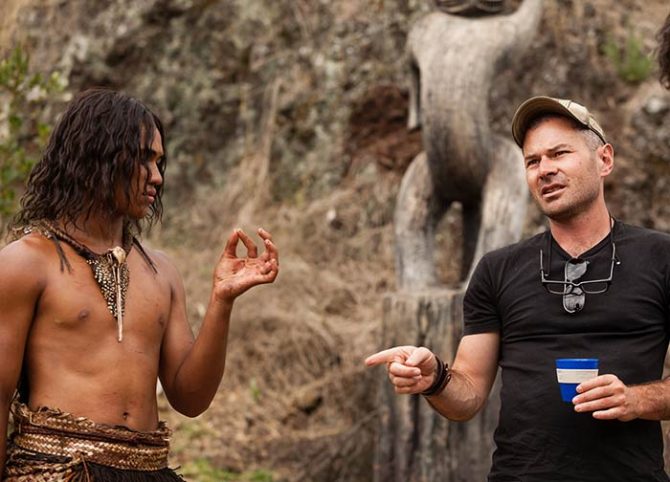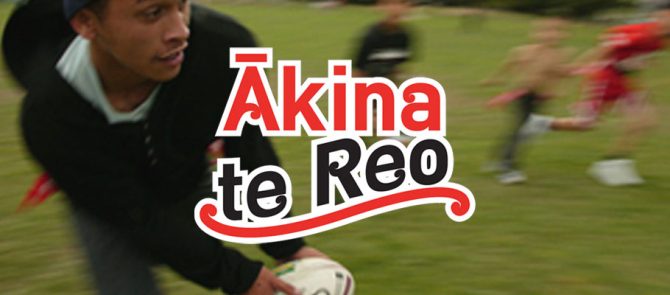Ko tēnei te wiki o te reo Māori (it’s Māori Language Week) and throughout our network of libraries the usual preschool storytime sessions for this week will have added te reo Māori content.
If you attended a session and want to try adding some te reo Māori stories at home, or if you missed out and want to give it a go yourself here’s a list of recommended titles for introducing some linguistic variety into your child’s storytime repertoire.
 Te hua tuatahi a Kuwi by Katherine Merewether
Te hua tuatahi a Kuwi by Katherine Merewether
Kuwi the Kiwi has never had an egg before, so she’s unsure how to look after it. When the egg gets a crack Kuwi thinks that the egg is broken, but she’s in for a surprise.
Kanohi – My Face by Kitty Brown
One of a series of te reo board books. Read our interview with author Kitty Brown.
 Rhyme & Reo: Aeiou: A Fun Way to Learn Māori Vowel Sounds by Jessica Ngatai
Rhyme & Reo: Aeiou: A Fun Way to Learn Māori Vowel Sounds by Jessica Ngatai
“This book is an educational resource to help teachers, parents whanau and children build confidence to use and enjoy te reo. Illustrated and featuring quirky Kiwi poems, weaving reo through the English text, with explanatory notes on the pronunciation of the vowel sounds appearing on a side-bar on each page”
 Māori Art for Kids by Julie Noanoa
Māori Art for Kids by Julie Noanoa
This collection of 15 projects offers children aged 7 and over a range of unique Māori art experiences. Practical skills cover sculpture, photography, design, paint, mixed media, collage and more. Easy-to-follow instructions include illustrations of the steps involved, using everyday craft materials, recycled and found objects. Examples of taonga (treasures) created by leading contemporary artists are shown alongside each project with a brief explanation of the object, its purpose and use in the past and present.
 Hoiho paku by Stephanie Thatcher
Hoiho paku by Stephanie Thatcher
“An endearing story about a penguin called Little Hoiho who wants to be more like the other birds she sees around her, Kotuku, Toroa, and Tui. But Little Hoiho learns that her body is made for swimming and spinning and twisting in the water, and that she is perfect just the way she is”
E oma, moko kākāriki by Gay Hay
A rare Wellington green gecko is wary of predators and runs to safety. Includes factual information about green geckos, their behaviour and life cycle, and traditional Māori beliefs about geckos.
 Mahi tahi by Sharon Holt
Mahi tahi by Sharon Holt
A song (with book and CD) about working, playing and interacting together. Read our interview with author Sharon Holt.
E hoki Flash by Ruth Paul
Follows the adventures of mischievous dog Flash who escapes from home and gets up to all sorts of antics, chasing cats, sneaking into cars, rolling in rubbish.
 Nā wai te waka i totohu? by Pamela Allen
Nā wai te waka i totohu? by Pamela Allen
The reader is invited to guess who causes the boat to sink when five animal friends of varying sizes decide to go for a row.
Hairy Maclary no te teri a Tanarahana by Lynley Dodd
When Hairy Maclary and his canine friends go for a walk and encounter Scarface Claw, the toughest Tom in town, they run away
 Te Tanguruhau by Julia Donaldson
Te Tanguruhau by Julia Donaldson
The Māori language version of the children’s picture book, The Gruffalo. A clever mouse uses the threat of a terrifying creature to keep from being eaten by a fox, an owl, and a snake, only to have to outwit that creature as well.
Kei reira ngā weriweri by Maurice Sendak
When Max wears his wolf suit and makes mischief, he is sent to bed without his supper. But in his room a forest grows and Max sails to the land of the wild things where he becomes their king.
 Taniwha, Taniwha by Robyn Kahukiwa
Taniwha, Taniwha by Robyn Kahukiwa
An adventure with Supa Heroes, Maui and Hina
Kei te toro haere mātou by Katie Kool
Simple adventures of family life with Charlie the dog. From the series Beginning to read with Charlie.
 Ko wai e huna ana? by Satoru Ōnishi
Ko wai e huna ana? by Satoru Ōnishi
“Simple sentences, counting, colours, recognising emotion, the names of animals, beginner-level te reo Māori for children and learners.”
He tuatara by Carolyn Collis
Reader for children in Māori. Looks at a tuatara. From the Early Te Reo Reading Book series.
 Te anuhe tino hiakai by Eric Carle
Te anuhe tino hiakai by Eric Carle
Follows the progress of a hungry little caterpillar as he eats his way through a varied and very large quantity of food until, full at last, he forms a cocoon around himself and goes to sleep. Good for learning different words for food.
Waiata
 Mahi tahi by Sharon Holt
Mahi tahi by Sharon Holt
A song (with book and CD) about working, playing and interacting together. Read our interview with author Sharon Holt.
Songs for Bubbas 2 by Anika Moa
Catchy music for preschoolers with some te reo Māori.
 Waiata mai sing along with Aunty Bea
Waiata mai sing along with Aunty Bea
Book with audio CD (Music by Aunty Bea & Rodger Cunningham)
Hush: A Kiwi Lullaby by Joy Cowley
The traditional lullaby ‘Hush Little Baby’, retold with a strong New Zealand flavour. A baby is promised a series of items including a woolly sheep, kowhai flowers and singing tui.

